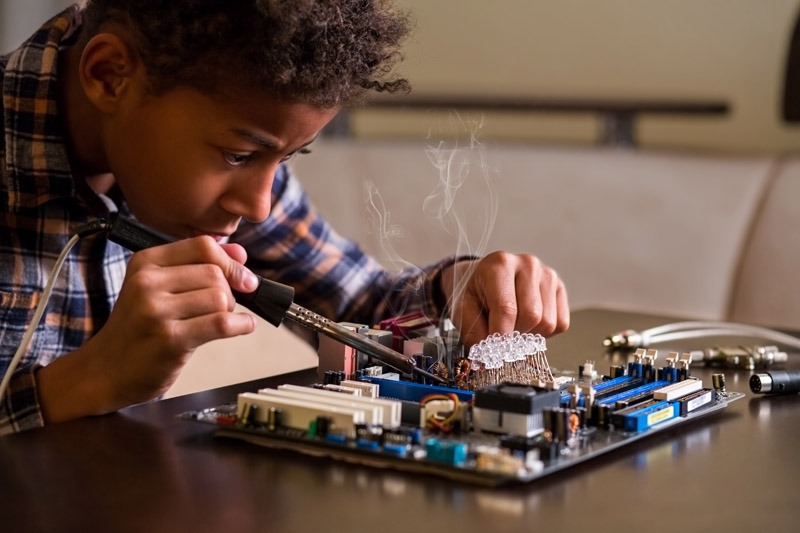In 2025, Project-Based Learning (PBL) and real-world problem solving have become central to educational interventions across grade levels. This approach moves away from siloed subjects and rote memorization towards interdisciplinary, hands-on projects that tackle genuine challenges in students’ communities and beyond.
The core principle of this trend is authenticity. Students engage with real-world problems, often partnering with local businesses, non-profits, or government agencies to work on projects that have tangible impacts. For instance, high school students might collaborate with urban planners to design green spaces in their city, or middle schoolers might work with local restaurants to implement sustainable practices.
This approach naturally integrates multiple subjects. A single project might require students to apply mathematical modeling, conduct scientific experiments, write persuasive proposals, and consider historical and cultural contexts. This interdisciplinary nature helps students see the connections between different areas of knowledge and understand their practical applications.
Technology plays a crucial role in enabling this trend. Students use professional-grade tools and software to complete their projects, preparing them for future careers. Virtual collaboration platforms allow them to work with experts and peers from around the world, broadening their perspectives and developing crucial communication skills.
Assessment in PBL moves beyond traditional tests to include portfolio reviews, project presentations, and peer evaluations. Students learn to articulate their learning process, reflect on their growth, and receive feedback from authentic audiences. This develops critical soft skills such as public speaking, teamwork, and self-reflection.
Teachers take on the role of facilitators and project managers in this model. They help students define project scopes, manage timelines, and navigate team dynamics. They also act as connectors, helping students find resources and experts to support their projects.
One of the key benefits of this trend is its ability to boost student engagement and motivation. By working on projects they care about and seeing the real-world impact of their efforts, students develop a sense of purpose and agency in their learning.
As this trend continues to evolve, we’re seeing increased emphasis on global collaboration projects, where students from different countries work together to address international challenges, fostering cross-cultural understanding and global citizenship.





